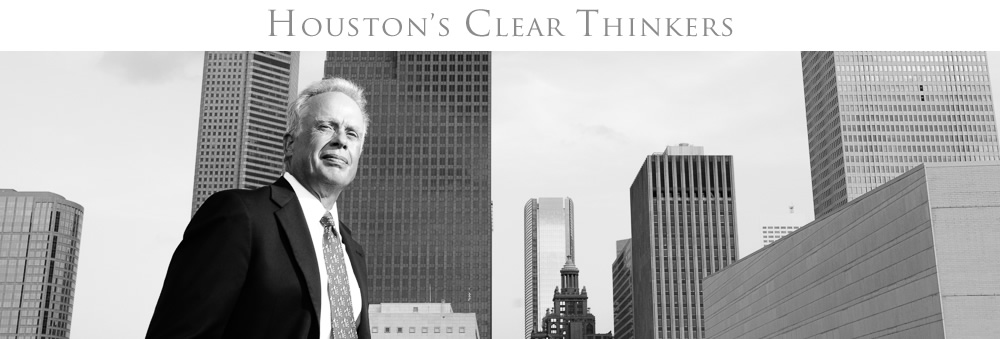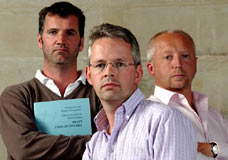 Richard Epstein is typically lucid in taking on the increasingly foreboding regulatory culture that creates barriers for entrepreneurial creation of jobs and wealth:
Richard Epstein is typically lucid in taking on the increasingly foreboding regulatory culture that creates barriers for entrepreneurial creation of jobs and wealth:
What is to be done about the compliance culture–a culture born in response to excessive regulation–that now threatens to compromise the technological advances that have long spurred innovation in the United States?
This sad chronicle of relative decline takes place in three separate stages.
The first involves the new mindset that too often finds harmful externalities and bargaining breakdowns in virtually all human endeavors.
The second involves the bulky remedial structures that government puts in place to respond to these newly identified perils.
The third stage involves the subtle alterations in the selection of the compliance culture: the rise government officials and key private officers and executives whose skills matter ever more in these more severe regulatory environments.
This three-fold progression is not specific to this or that industry, but applies across the board. . . . [. . .]
No one should be so reckless as to claim that these forces operate in all cases in all ways. We still have our wonderful success stories. Yet by the same token, no one should be so naïve as to think that these forces have no role to play in the loss of innovation and competitiveness in this country, a loss felt in both absolute and comparative senses. This loss has become an ever-larger feature of the modern United States.
Stated another way, it’s not that rules are unnecessary for markets to perform efficiently. But what type of rules are better?
Rules that politicians enact and governmental officials enforce generally are far less efficient than rules that emerge as a result of the voluntary interactions of millions of individuals and companies. The successes and mistakes of those individuals and companies pursuing their own interests create rules that are the product of competition and personal responsibility. When those rules become sufficiently important in the fabric of a market economy, they become formalized as common law and precedent by courts.
The distinction between inefficient government-imposed rules and the decentralized rules that facilitate productive market economies is an important one to understand as we wade through the carnage of this current era of increasing governmental regulation.







